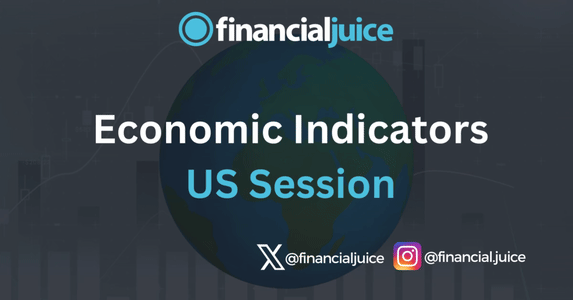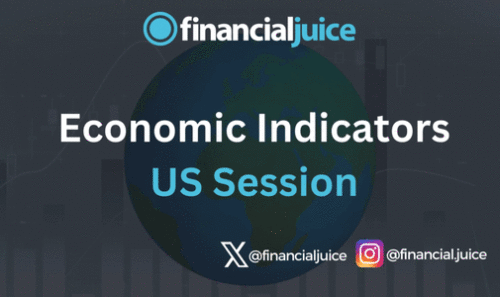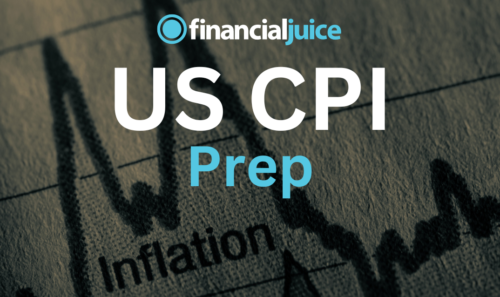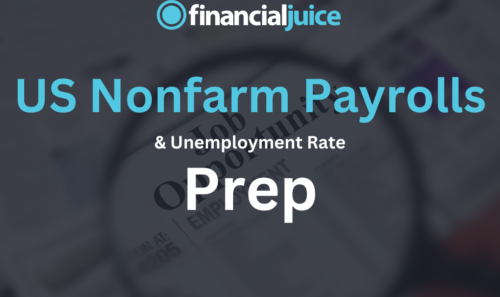
Week Ahead: Economic Indicators (US)
Hey, Traders!
For the August 12th week, here is a list of all of the major economic indicators being released during the US Session, with a brief synopsis of what they represent and what to possibly expect from the markets in reaction.
Tuesday 13th August
08:30 ET
US PPI for July
The US Producer Price Index is a monthly economic indicator published by the Bureau of Labor Statistics that measures the average change over time in selling prices received by domestic producers for their output.
It covers various sectors including manufacturing, agriculture, mining, and services.
The PPI is an important indicator of inflation at the wholesale level, reflecting price changes before they reach consumers.
Increases in the PPI can signal rising costs for businesses that may eventually be passed on to consumers, influencing consumer price inflation.
What to Expect
The markets seem to be shifting away from the “good news is bad news” and “bad news is good news” narrative, FOMC officials have still noted that they would like to see inflation come down to the 2% target.
A lower inflation rate would likely cause strength in US stocks and the dollar, as this would confirm that the Fed does not need to wait to cut rates and risk causing damage to the US economy by holding policy restrictive for too long, and the opposite could be true if it came in lower than expected.
Having said that, with market dynamics changing recently in the light of weak employment data and the urgency surrounding Fed rate cuts, any reactions to this could be volatile.
Still, the one thing markets don’t want at the moment is US rates having to stay higher for longer, risking causing further damage to the employment situation, so a reduction in inflation would be a welcome message for the markets.
Wednesday 14th August
08:30 ET
US CPI for July
The US Consumer Price Index is a monthly economic indicator published by the Bureau of Labor Statistics that measures the average change over time in prices paid by consumers for a basket of goods and services.
This basket includes categories such as food, housing, transportation, and medical care.
The CPI is a key indicator of inflation, reflecting changes in the cost of living and purchasing power.
Policymakers, economists, and investors closely monitor the CPI to make informed decisions regarding monetary policy, wage adjustments, and economic planning.
What to Expect
The markets seem to be shifting away from the “good news is bad news” and “bad news is good news” narrative, FOMC officials have still noted that they would like to see inflation come down to the 2% target.
A lower inflation rate would likely cause strength in US stocks and the dollar, as this would confirm that the Fed does not need to wait to cut rates and risk causing damage to the US economy by holding policy restrictive for too long, and the opposite could be true if it came in lower than expected.
Having said that, with market dynamics changing recently in the light of weak employment data and the urgency surrounding Fed rate cuts, any reactions to this could be volatile.
Still, the one thing markets don’t want at the moment is US rates having to stay higher for longer, risking causing further damage to the employment situation, so a reduction in inflation would be a welcome message for the markets.
10:30 ET
US Weekly EIA Crude Oil Inventories
The US Weekly EIA Crude Oil Inventories report, released every Wednesday by the Energy Information Administration, details the amount of crude oil held in storage across the United States.
It provides insights into the supply and demand dynamics of the oil market.
What to Expect
An increase in inventories suggests higher supply or lower demand, potentially leading to lower oil prices. Conversely, a decrease indicates lower supply or higher demand, which can drive prices up.
Thursday 15th August
08:30 ET
US Retail Sales for July
US Retail Sales is a monthly economic indicator published by the Census Bureau that measures the total revenue generated by retail stores from the sale of goods and services.
It reflects consumer spending patterns and includes data from a wide range of retail businesses, such as grocery stores, clothing shops, and online retailers.
This indicator is vital for assessing the health of the economy, as consumer spending accounts for a significant portion of economic activity.
Increases in retail sales indicate strong consumer confidence and economic growth, while decreases may suggest economic challenges or reduced consumer spending.
What to Expect
The markets will be weighing 2 sided risks when analyzing this report.
On one hand, higher retail sales would indicate a higher chance for economic growth, as retail sales feed into consumer spending, which feeds into a large portion of US GDP.
Higher growth would be welcome news to the markets, as this would increase the chances for a soft landing, which has come into question recently in light of the rapidly-cooling US jobs market, and increased bets for Fed rate cuts.
If this scenario is realized, this would cause strength in US stocks and the US dollar.
On the other hand, higher retail sales could also be a potential upside inflation risk, which could lead to a scenario where US rates need to stay higher for longer, where they risk causing more damage to the US economy and employment situation, which would be negative for stocks and the dollar.
Ultimately, we are looking for retail sales to remain robust to support growth, but not too high where they risk keeping inflation higher.
US Weekly Initial & Continued Jobless Claims
US Weekly Initial & Continued Jobless Claims, reported by the Department of Labor every Thursday, track unemployment trends.
Initial jobless claims count people filing for unemployment benefits for the first time, indicating new job losses.
Continued jobless claims count those still receiving benefits after their initial claim, showing ongoing unemployment levels.
High numbers suggest a weakening job market, while low numbers indicate strength.
What to Expect
The US employment situation has been an area of focus recently, as its rapid cooling in the last Nonfarm payrolls report sparked rumors of a rapid economic slowdown, and the idea that the Fed may be too late in cutting rates to support the jobs market, which is one part of it’s mandate.
When it comes to employment, the markets seem to be acting as though “good news is good news” and “bad news is bad news”.
This means that a higher jobless claims number, indicating higher unemployment, would likely cause weakness in US stocks and the US dollar as well, as it confirms that the employment situation in the US is weakening, and imminent Fed action may be needed to stop a broader economic slowdown.
If it comes in lower than expected, this could indicate to the markets that perhaps there is not so much of a risk of a deep economic slowdown, which could cause strength in US stocks and the dollar.
Friday 16th August
08:30 ET
US Housing Starts for July
US Housing Starts is a monthly economic indicator reported by the Census Bureau and the Department of Housing and Urban Development that measures the number of new residential construction projects that have begun during the month.
This includes single-family homes and multi-family units like apartments and condominiums.
Housing starts provide insights into the health of the housing market and broader economic conditions.
What to Expect
An increase in housing starts indicates strong demand for new housing and economic growth, while a decrease may suggest a slowdown in the housing market and economic activity.
Though the markets are very unlikely to react to this data point without a large deviation from expectations, a higher number, indicating growth, would likely be beneficial to US stocks and the dollar in this current stage in the economy, where US growth is in focus to be able to tell whether a soft landing is achievable.
10:00 ET
University of Michigan Sentiment Survey August Prelim
Conducted by the University of Michigan, the UMich survey gauges consumers’ attitudes and expectations regarding personal finances, business conditions, and overall economic prospects.
The survey results are presented as an index, with higher values indicating greater consumer confidence.
In this report, respondents can also give their forecasts for 1-year and 5-10-year ahead inflation expectations, which the markets pay attention to.
What to Expect
When it comes to the headline sentiment read, a higher consumer sentiment number at the moment would be seen as bullish for US stocks and the dollar, as it indicates that the consumer is feeling good about the economic environment, which reduces the chances for a hard landing coming out of this Fed tightening cycle.
When it comes to inflation expectations, the markets will want to see these coming in lower than expected, which would increase confidence in the Fed’s ability to reduce rates and start to stimulate the areas of the economy that have shown weakness in recent weeks.
This would likely cause strength in US stocks.





